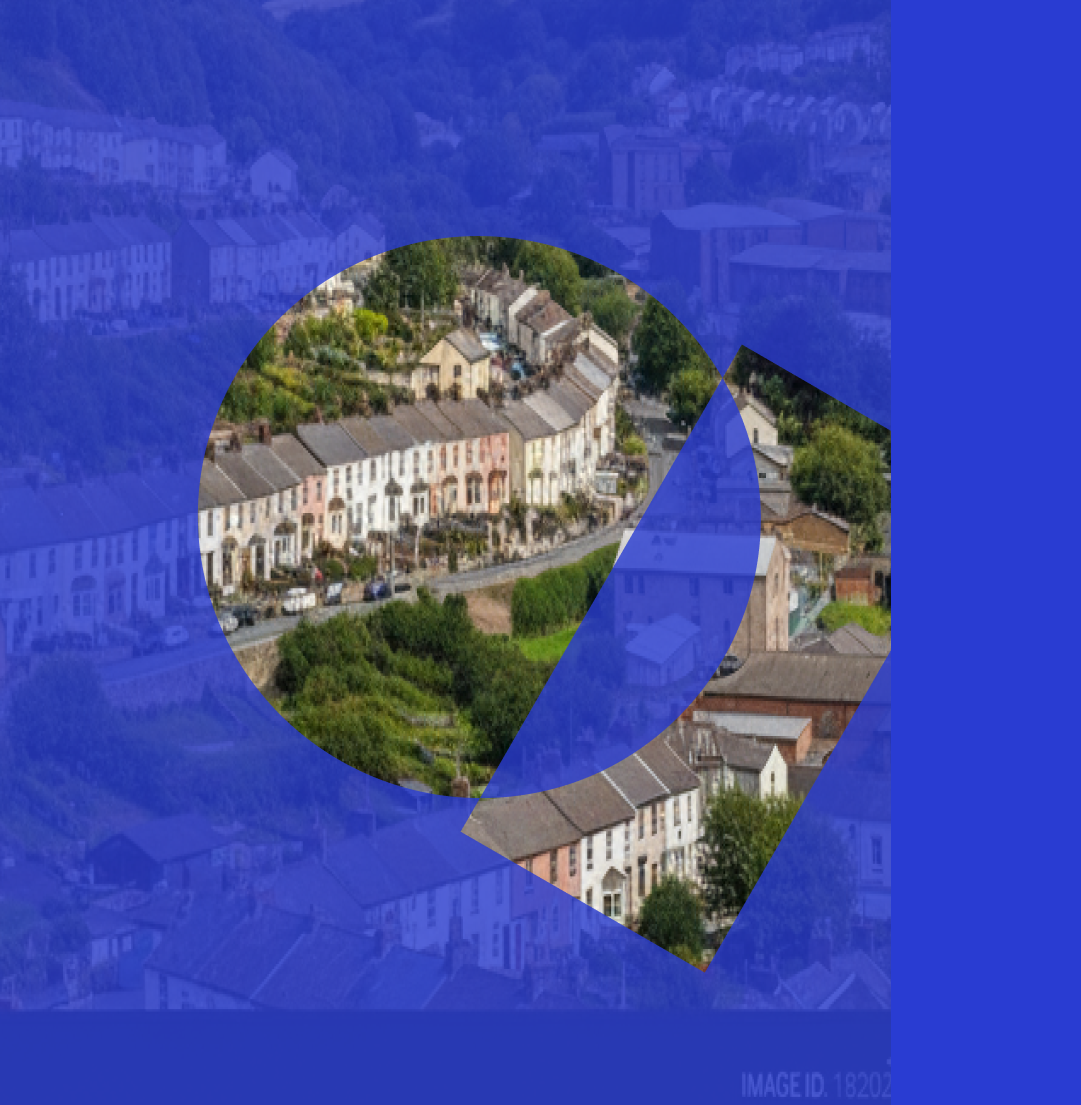I joined AppyWay in September 2021 as their local authority Customer Success Manager. Prior to working at AppyWay I worked for Dorset Council Highways for over 10 years where I was involved with and responsible for the Traffic Order Team for much of that time.
As with many local highway authorities, Dorset’s Traffic Orders (TOs) were in need of some TLC and dragging forward into the here and now; we did this by transferring Dorset’s orders from a well established TO database to AppyWay’s end-to-end traffic order solution ‘Traffic Suite’. The move gave the team a new lease of life with greater flexibility, transparency and ultimately confidence in the validity of the orders across Dorset; a single source of truth. The Traffic Suite has enabled Dorset to take much more control of the TO process and subsequently now do not rely on input from third party consultants to draft order documents.
Implementing the Traffic Suite at Dorset Council is a real career highlight and one that I am very proud of. I wanted to continue to help transform TO management on a wider scale so when the opportunity to work at AppyWay presented itself, I jumped at the chance.
Over the last four months I have spent a lot of time (virtually) travelling the country discovering where local highway authorities are now with their TO management, and how they plan to meet the Department for Transport’s ambition to digitise TOs.
It is fair to say that there has been varying levels of excitement when it comes to digitising TOs. I am of course delighted when local authority colleagues share my enthusiasm for digitising their TOs. I am excited by the real world benefits it can bring for connected and autonomous vehicles but also the flexibility and confidence digitised and map based TOs can give to TO officers. However, as well as the established belief in the benefits of digitising TOs I have also encountered a reluctance and sense of unease in making the move to map-based and digitised TOs. It is these conversations that I am left thinking about more deeply. Why the resistance? What is behind the reluctance? How can the DfT influence the adoption of change rather than impose it? Can I influence the change?
I am left wondering if resistance to map based TOs is linked to a fear of change. I recall resistance to map based orders in my time at Dorset Council. The conversations were largely along the lines of “we have always done it that way”. I am not for one moment suggesting that text-based schedules or non-digital records are invalid, far from it. However, I do question whether they are fit for current purpose and future-proof. Standardising TO data across the UK is a crucial part of DfT’s desire for standardised transport data – TOs influence all of our lives and this data can and should be harnessed by local authorities.
Whilst a TO in isolation may not be the spectacle that a new roundabout, bridge or cycleway is, the need for traffic regulation is often a top priority for local communities and local councillors – digitising and standardising TO data via map-based orders will open the door to better engagement with communities and local councillors. I have seen this first hand during my time at Dorset Council as well as our other local authority partners who have adopted the Traffic Suite. Digitised map-based TOs are much more consistent and more readily understood by those who work with them, those who review them and those who are affected by them.
The importance of accurate and up to date TO records has been brought into stark focus in recent months with highway authorities being invited to register their request to adopt TMA Part 6 powers to enforce moving orders. Our Traffic Suite caters for moving orders and we are getting more interest in this side of TO management which has most typically been held in hardcopy format outside of TO software solutions. Our digitised moving orders can be seamlessly integrated via our API to ANPR enforcement systems resulting in efficient and robust processing.
I am hopeful for the future and have been really encouraged by the commitment that many highway authorities are making by considering AppyWay’s Traffic Suite to improve their TO management processes for both static and moving TOs.
Working with our existing local authority partners has shown me that a key part of realising the benefits of digital map based TOs is confidence. It is not uncommon for TOs to be neglected in filing cabinets and the longer they are left unchecked, the lower the confidence in the records. There is a lot of effort involved in moving away from the way things have always been done, and whilst it may seem easier to remain in the ‘good old days’, once onboard with digital map-based orders in our Traffic Suite the new days are even better. Confidence soars, collaboration improves and TO teams find more reasons to say yes than no. I really enjoy the challenge of transforming processes for the better, even more so if it results in more productive use of public monies.
Making TOs need not be the dark art that some colleagues of mine have thought it to be – often perceived as a blocker and avoided whenever possible – by digitising TOs the whole process becomes more accessible and more easily understood by stakeholders, internally and externally.
I passionately believe digital map-based orders are essential for streamlining TO processes, and for providing the clean and clear data required to enable a future of accessible and sustainable mobility for all. Streamlining processes enables TO teams to achieve more, grow in stature and realise their potential for improving mobility. My challenge is to encourage and embrace change across local highway authorities so that we can all benefit from the efficiencies and clarity digital map based orders provide.
Making the move to map based orders, Scary? No… Transformative? Yes… Essential? Definitely.





